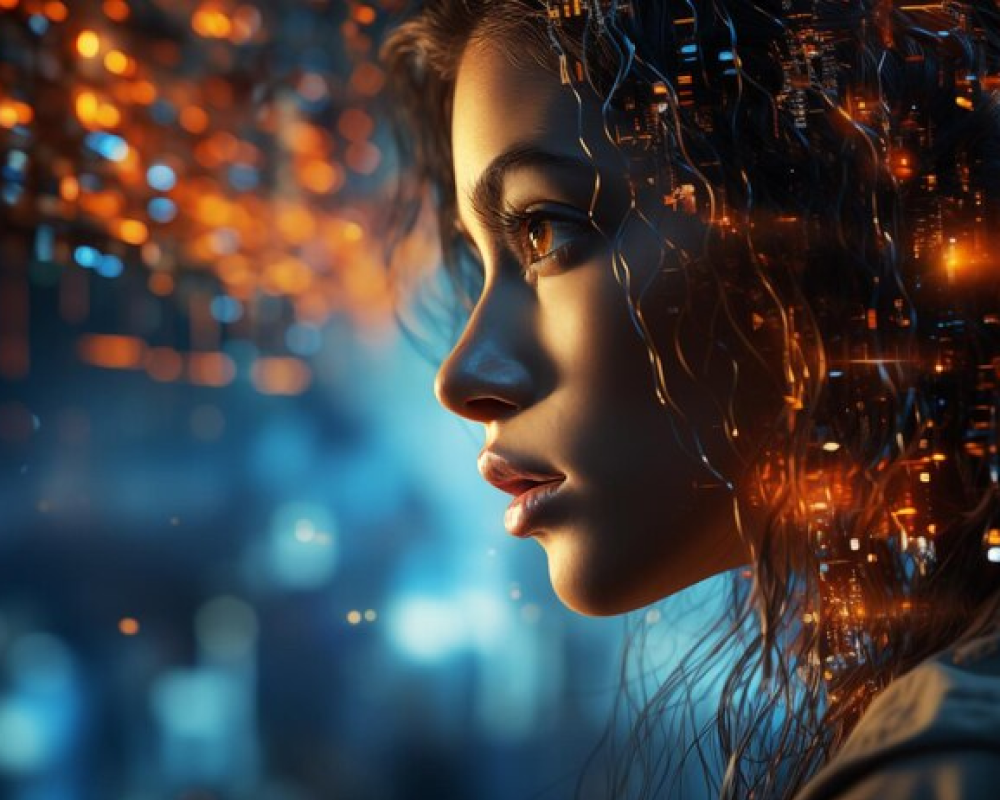April 4, 2024 By: JK Tech
Imagine being able to create a detailed video scene just by describing it in words. OpenAI’s Sora, a revolutionary text-to-video generator, is about to turn that fantasy into reality. Expected later this year, Sora will be available to the public, putting the power of hyperrealistic video creation in the hands of anyone with a story to tell.
Remember those captivating Sora-generated videos that circulated online, showcasing everything from a cartoon kangaroo dancing in a disco to an underwater smartphone review? Soon, you’ll be able to create similar magic yourself. Using just text prompts, one can vividly describe a bustling cityscape illuminated by neon lights, an enchanting underwater coral reef brimming with life, or even a historical event brought to life with stunning detail. In addition to visuals, OpenAI hints that future integration of audio capabilities will further enhance Sora’s immersive capabilities.
But Sora isn’t just about generating polished videos; it’s also designed to be a creative tool. OpenAI acknowledges that AI-generated imagery isn’t always flawless, which is why they plan to allow users to edit the content within Sora’s creations. This way, you can refine the details, personalize the scenes, and ensure your vision is flawlessly translated into video format.
Data privacy and potential misuse are major concerns when it comes to powerful technologies. OpenAI has remained guarded about the specifics of the training data used for Sora, though they assure it comes from publicly available sources and includes licensed content from partner Shutterstock.
As the 2024 elections draw near, the fear of AI-created false information is becoming increasingly concerning. OpenAI is making an effort to address these concerns. Similar to their text-to-image model, DALL-E, Sora may have limitations on generating videos of public figures to prevent the spread of false narratives. Additionally, videos will be watermarked to distinguish them from authentic footage. However, the effectiveness of watermarks in combating deepfakes and manipulated content remains a topic of debate.
Sora has the potential to enable anyone to create videos, regardless of their technical expertise. It empowers users to express themselves through captivating visuals. Whether you’re a filmmaker, educator, or a creative individual, Sora provides a new platform to tell your story. However, the question remains: how accessible will this technology be? OpenAI intends to make Sora available at a similar cost point as DALL-E, but the “much higher” computational power required for video generation suggests it might not be entirely budget-friendly for casual users. Time will tell how OpenAI balances affordability with the resource-intensive nature of Sora.
One thing is certain, the arrival of Sora marks a significant shift in the way we create videos. It’s a powerful tool with the potential to revolutionize not just entertainment but also education, marketing, and countless other fields. As with any new technology, we must approach Sora both excitedly and cautiously, leveraging its creativity while protecting it against misuse.



